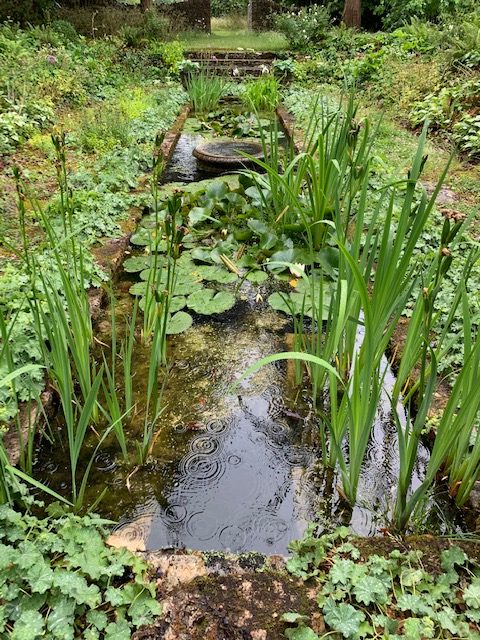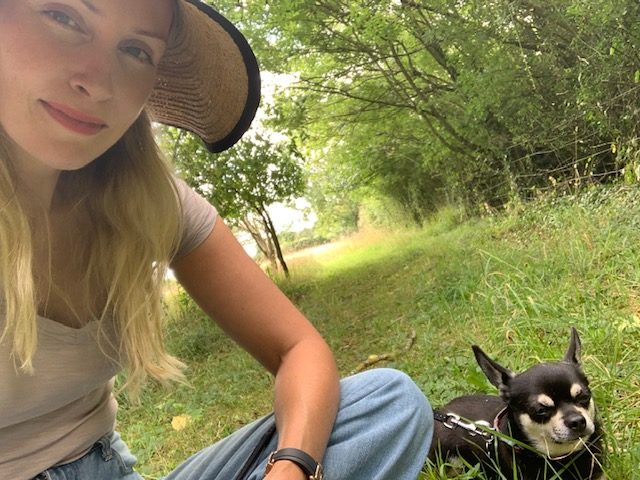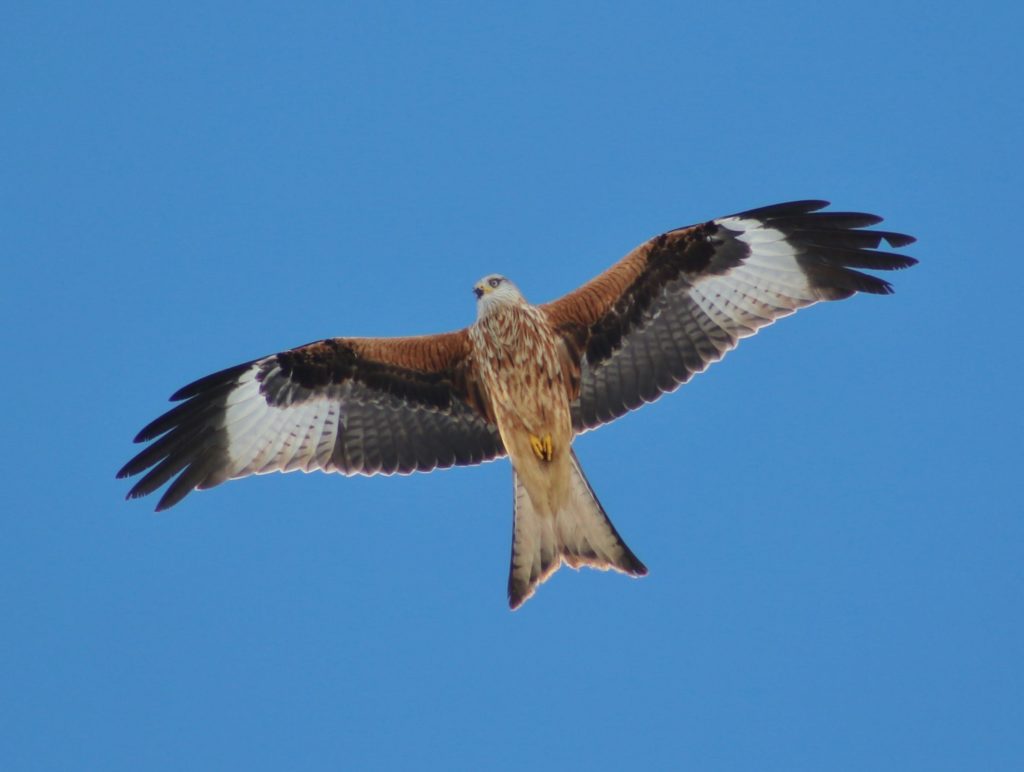
Here you can read more about Nature’s a Hoot, and access resources, photos and extra insights from our fifth episode, Rewilding. Hannah and Tom chat about what rewilding means, and how it is beneficial for wildlife on large and small scales, and Tom visits the Cotswolds to chat to Tabitha Rose, a rewilder and and nature enthusiast!
Listen now to the Nature’s a Hoot fifth episode Rewilding. Don’t forget to subscribe!
Tom makes a socially-distanced visit to Cotswolds Rewildling to meet Tabitha Rose, a landowner who has decided to turn her 70 acres of farmland and woodland into a haven for wildlife. Despite the rain, Tom is lucky enough to see some fascinating habitats on Tabitha’s land, and even meets some of the resident wildlife!


Rewilding Britain defines rewilding as ‘the large-scale restoration of ecosystems to the point where nature is allowed to take care of itself’. Rewilding aims to take account of the bigger picture, and is a holistic approach to helping nature recover and flourish.
We explore rewilding as a concept, and how it fits into conservation. We also explain why it is sometimes viewed as controversial, and why leaving nature to make it’s own way may not always be the best strategy, especially when there are numerous stakeholders to take into account. We discuss the research and dedication that goes into rewilding projects and the benefits they can have on habitats and ecosystems.
Yellowstone National Park in the US is a fantastic example of a rewildling success, where Grey Wolves were reintroduced to the park after being absent for more than 70 years. The wolves had an unexpected but hugely beneficial effect on the river systems, trees grew taller, and bird populations increased. Watch How Wolves Change Rivers to find out more about this fascinating example of ‘trophic rewilding’, where the addition of one species has had positive impacts on numerous other trophic levels within the food web. Find out more about trophic rewildling. Reintroduction programmes can play a part in some rewilding projects, but they are also important as a conservation strategy in their own right, and are not always related to rewilding. An example of the Trust’s work in this area is the Red Kite Reintroduction Programme, in which we played an important role. Find out more about our conservation and research work with Red Kites.


Our Big Story this month reports on the recent, and horrific, footage of a wild Buzzard being shot in Kent. Bird of prey persecution is a highly emotive subject, and at the Trust we condemn any persecution of birds of prey. Sadly, this video shows that this still goes on and it is worrying to think how many cases of raptor persecution go unnoticed. Listen to the podcast to find out more, or read the RSPB report on this horrific case.
Our research shows that Buzzard numbers in southern England increased by more than 50% from 2011-2016, however these numbers plateaued in recent years. This indicates that there are still threats present in the landscape, such as persecution, which are preventing populations from increasing further. Read more about our research work with Buzzards.
Our top tip this month is to clean and prepare your bird boxes. From September onwards, the bird boxes in your garden are likely no longer being used for breeding so it is an ideal time to remove them and give them a good scrub! Some parasites left behind from the spring can survive the winter inside the box and could cause issues for next year’s youngsters. Use boiling water, a mild detergent and a scrubbing brush to kill off any parasites rather than insecticides that could be harmful to other wildlife. Allow the box to dry thoroughly before adding a little clean hay or wood shavings and put the boxes back up. Over winter, you might find birds or even small mammals using the clean box to roost or for shelter.
To find out more about our podcast, and listen to Wildlife and Well-being and other episodes, visit our website.